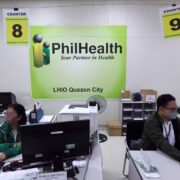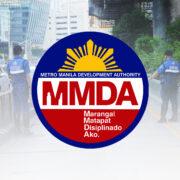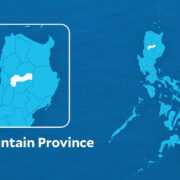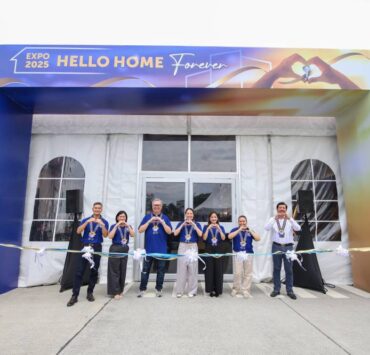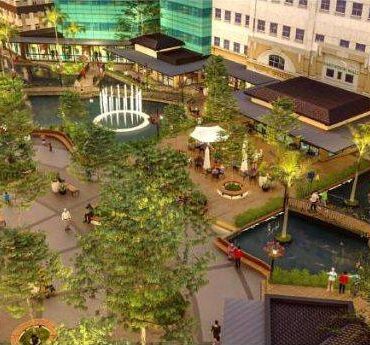Shaping the future through purposeful communities
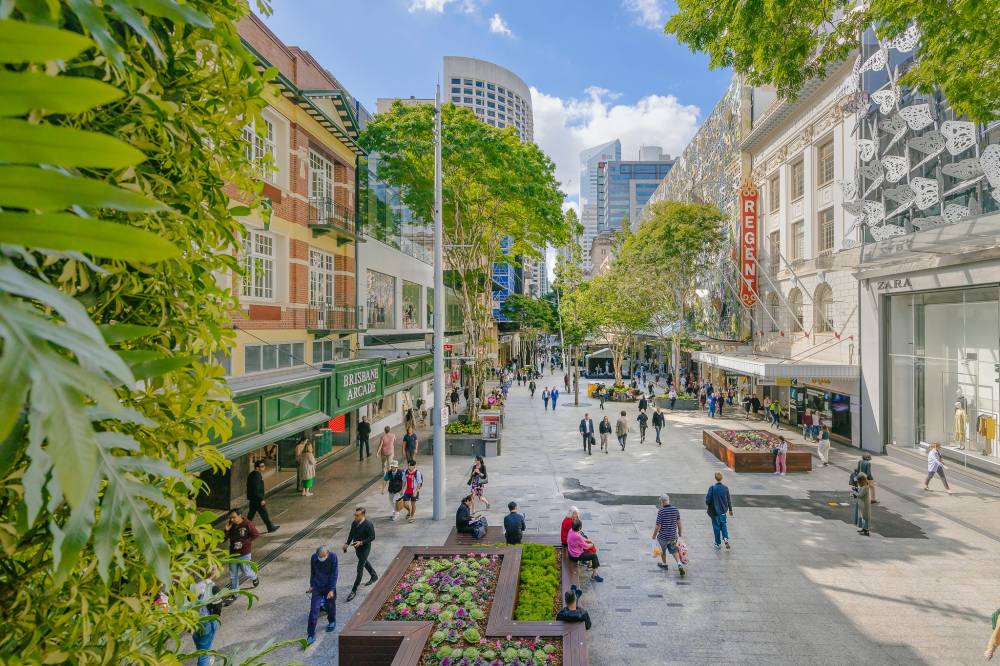
Well-planned developments influence how people connect, build careers, raise families, and pursue aspirations. These communities host the evolution of neighborhoods, where spatial planning becomes a framework for collective success.
Building the foundation for enduring growth
Commercial tenants are drawn to well-defined areas, and homebuyers feel secure when essential amenities are nearby. This sense of security is a direct result of precise planning, where public agencies allocate budgets to areas with accurate planning and implementation. At the same time, developers experience fewer delays, allowing schools and clinics to establish quickly.
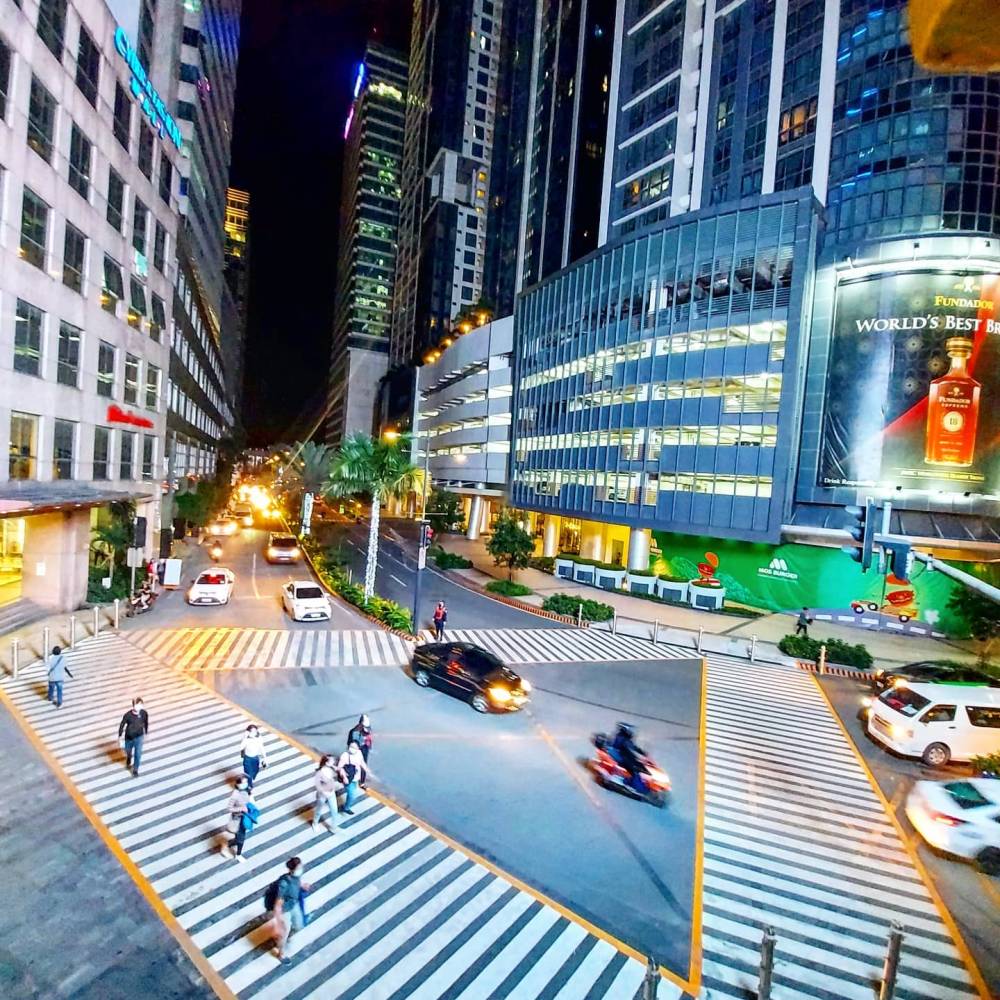
Designing for continuity across generations
Residential enclaves, civic institutions, public parks, and commercial spaces work better when positioned together.
Walkable connections between schools, homes, offices, and healthcare facilities foster a sense of self-sufficiency that frees residents from overreliance on distant centers–empowering them to live and work within their community.
Over the years, the area would develop its own culture, shaped by a continuity of people and experiences. Mixed housing, active frontages, and civic amenities encourage inclusivity. Familiarity and shared memory strengthen community identity.
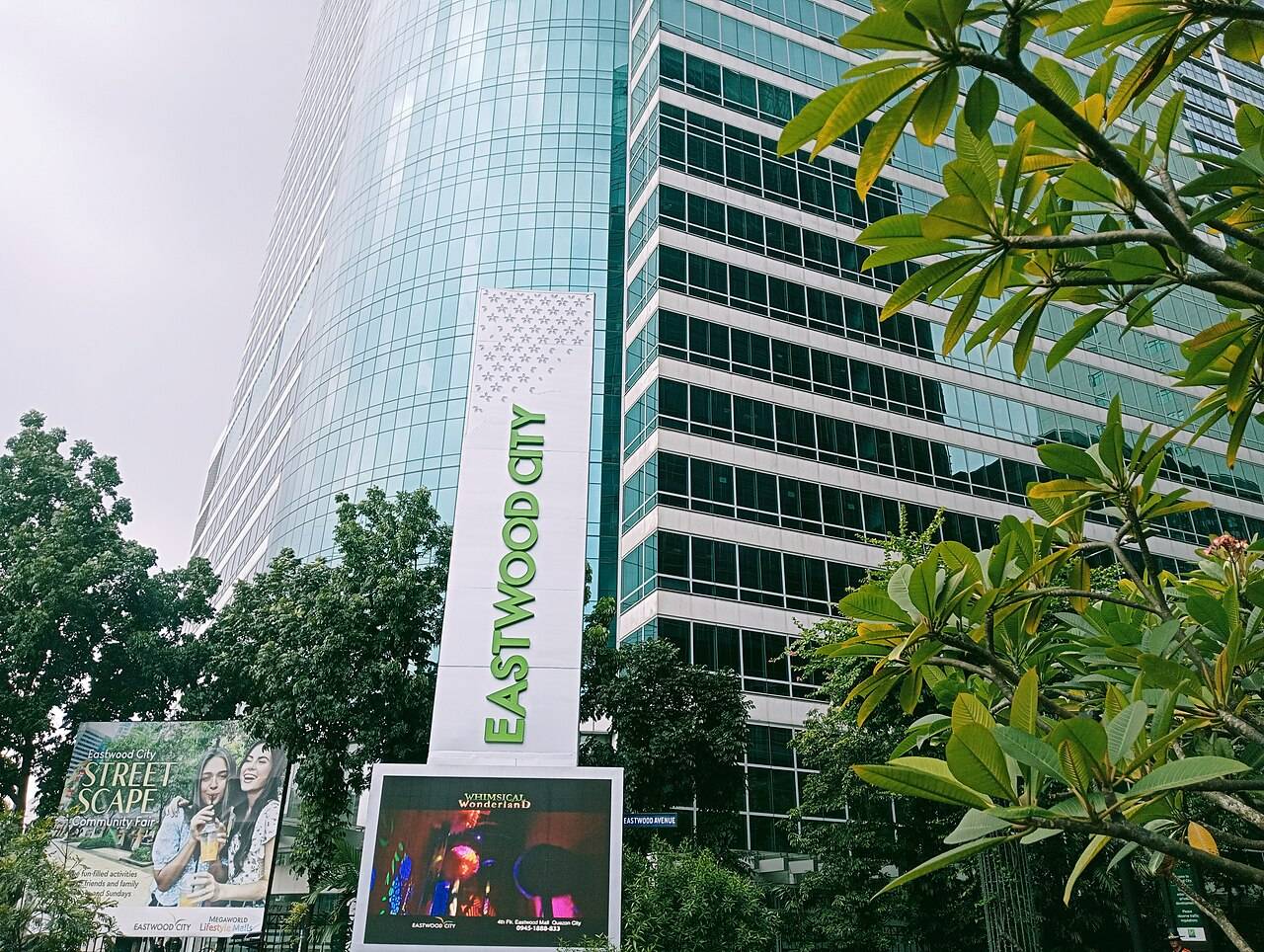
Expanding the reach of regional growth
Outside Metro Manila, fragmented subdivisions and isolated commercial strips often lack the cohesion to generate transformative change.
With sound planning however, these environments give rise to education hubs, medical centers, logistics terminals, and creative industry zones. This approach not only multiplies job opportunities but also makes services more accessible, enabling smaller towns to enter national supply chains.
For instance, Eastwood, which was introduced in the late 1990s, proposed a seamless mix of workspaces, residences, and retail. This bold initiative from Megaworld shifted perceptions of how urban living could be structured. By reimagining the boundaries between home, office, and leisure, it had set the stage for more sophisticated and resilient models of growth.
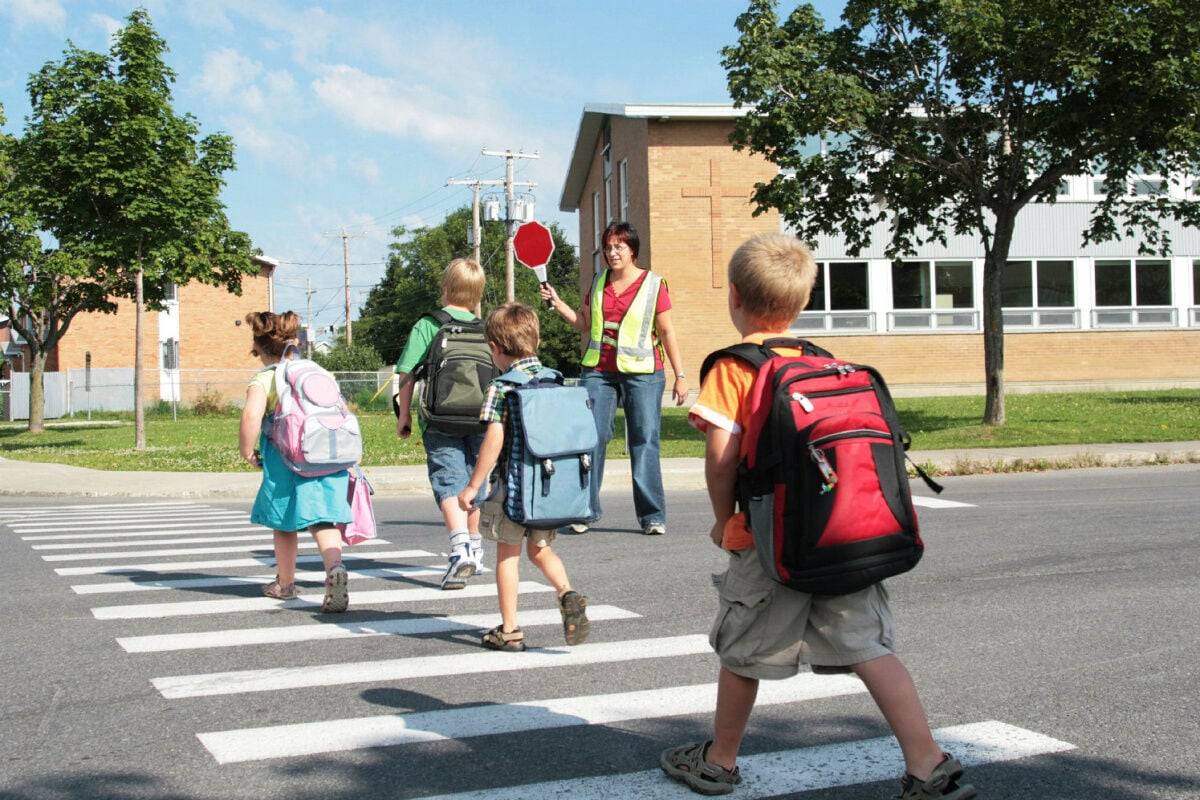
Measuring integrity in urban execution
Credible developments reveal themselves in their timing and coordination.
Roads materialize before bottlenecks occur. Transport stations integrate naturally with the layout. Land use rules prioritize design integrity over reactionary restrictions. Coherence across phases, districts, and blocks signals thoughtful stewardship.
Facilities such as hospitals, universities, and civic halls carry significant value when considered for long-term use. They are permanent fixtures that anchor generations of service. Their thoughtful integration ensures functionality, accessibility, and trust.
Community centers and cultural venues give a human face to the development. Utility infrastructure, too, when pre-allocated and efficiently sited, points to a more profound commitment to sustainability.

Beyond the borders of its map
Enduring places thrive by engaging with their surroundings and enhancing their value. When transport hubs, markets, and agricultural exchanges integrate with developments, regional uplift is mutual.
This model fosters a center for innovation, education, trade, and cultural continuity, thereby contributing to the nation’s evolving narrative of livability.
The author (www.ianfulgar.com), is a leading architect with an impressive portfolio of local and international clients. His team elevates hotels and resorts, condominiums, residences, and commercial and mixed-use township development projects. His innovative, cutting-edge design and business solutions have garnered industry recognition, making him the go-to expert for clients seeking to transform their real estate ventures








